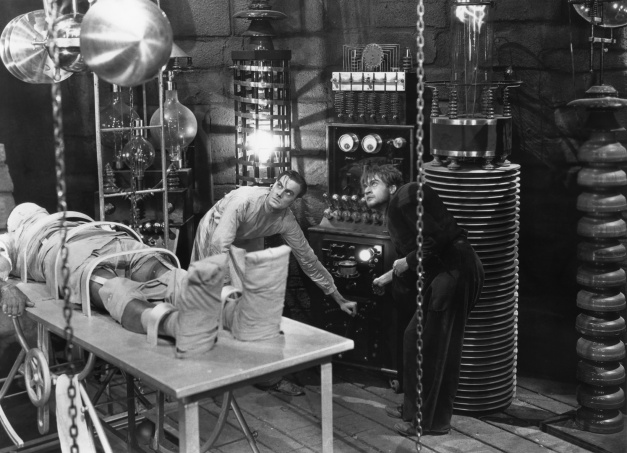 It seems that given enough time in our culture, you seem to know the story of Frankenstein before you see any of the movies or read Mary Shelley’s classic novel: mad scientist creates monster, horror ensues. Between Halloween novelties, The Munsters and countless parodies, there seems to be an accepted iconic image of the monster: tall, green skin, black flat-top, rivets in the neck and fresh stitches here and there. That being said, I think it’s easy for most casual film fans to look over the original Frankenstein, especially when there are so many other fun spins on the story, one of my favorites being Mel Brooks’ Young Frankenstein. However, this is one of the original horror film icons from Universal, the first featuring Boris Karloff, that should not be missed.
It seems that given enough time in our culture, you seem to know the story of Frankenstein before you see any of the movies or read Mary Shelley’s classic novel: mad scientist creates monster, horror ensues. Between Halloween novelties, The Munsters and countless parodies, there seems to be an accepted iconic image of the monster: tall, green skin, black flat-top, rivets in the neck and fresh stitches here and there. That being said, I think it’s easy for most casual film fans to look over the original Frankenstein, especially when there are so many other fun spins on the story, one of my favorites being Mel Brooks’ Young Frankenstein. However, this is one of the original horror film icons from Universal, the first featuring Boris Karloff, that should not be missed.
In the film, a young Dr. Henry Frankenstein (Colin Clive) works in a secluded tower on his reanimation experiments. He and his hunchbacked assistant, Fritz (Dwight Frye) carry out the ghoulish task of finding recently dead bodies and bringing them back to the lab. I love how we meet them stalking a funeral, ready with shovels get the stiff. Henry’s fiancee, Elizabeth (Mae Clark), becomes worried about Henry, so she and Henry’s friend Victor (John Boles), go to visit him. Their timing couldn’t be better (or worse), they get to witness Henry using the electrical power of a storm to bring a man built from corpses to life.
Boris Karloff plays the monster on screen and breathed life into what became an icon of horror. In this film, the monster says little more than grunts and shrieks, but in later films (three of which Karloff reprised his role) the monster has learned to speak. However, we still get a good idea of the character, a poor abomination born out of blasphemous power and thrown into a world it doesn’t understand. I always feel so bad for the monster as Fritz scares him with fire.
One of my favorite scenes was severely edited in the film’s initial release. When the monster happens upon the little girl tossing flowers into the pond, the scene was originally cut as the monster was reaching for her and left the audience to infer that the monster had tossed her in. It was considered too violent. How awful that the earliest audience did not get to see the monster toss her into the lake and flee in confusion when she didn’t float like the flowers. I always found that last moment makes the monster look very sympathetic, like a scared child who didn’t know any better. It was not until the 1980s that the scene was restored.
When it comes to Frankenstein movies, I enjoy them all, but this original always held a special place for me. I became especially fond of it after reading the novel in high school, even though the fact that Victor and Henry’s names are switched still throws me off. But if you’re in the mood for some good old fashioned grave robbing, lightning resurrection and climatic windmill burning, 1931’s Frankenstein is sure to bring you some chills.
“It’s alive, it’s moving, it’s alive, it’s alive, it’s alive, it’s alive, IT’S ALIVE! Oh, in the name of God! Now I know what it feels like to be God!”
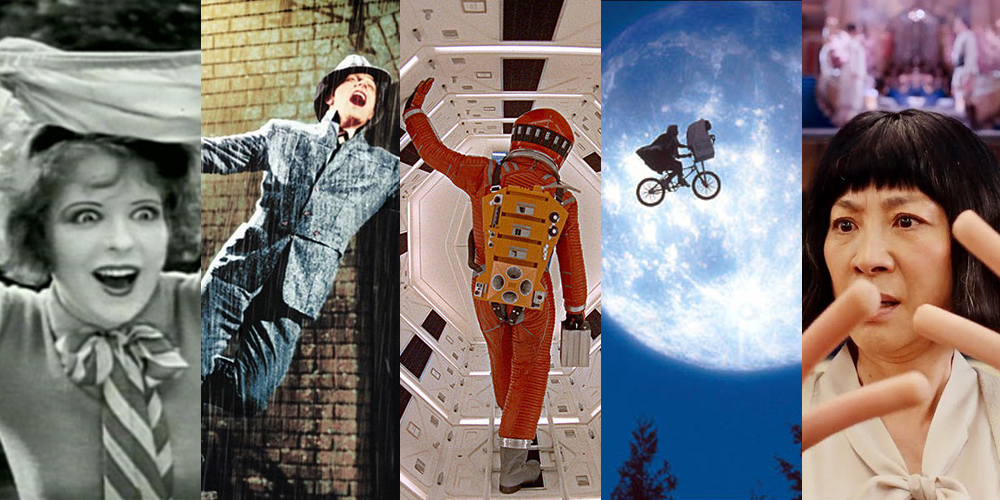




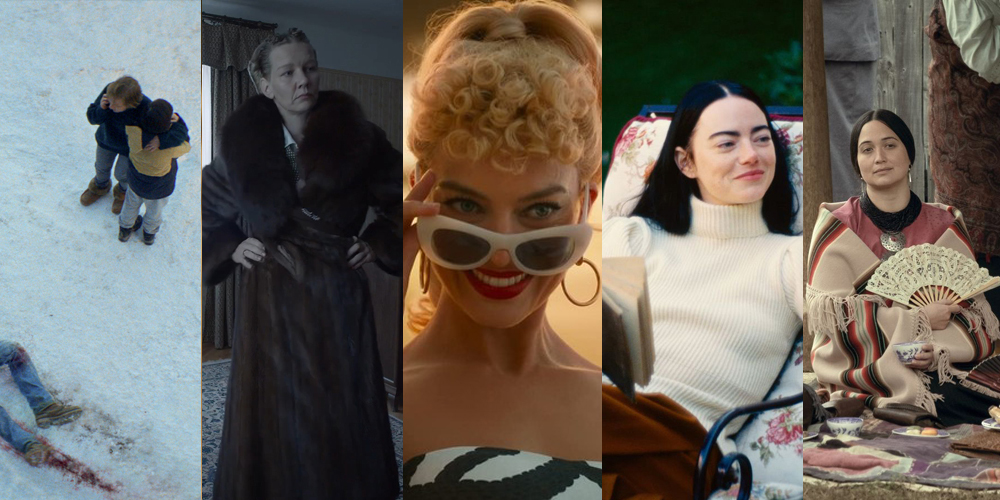
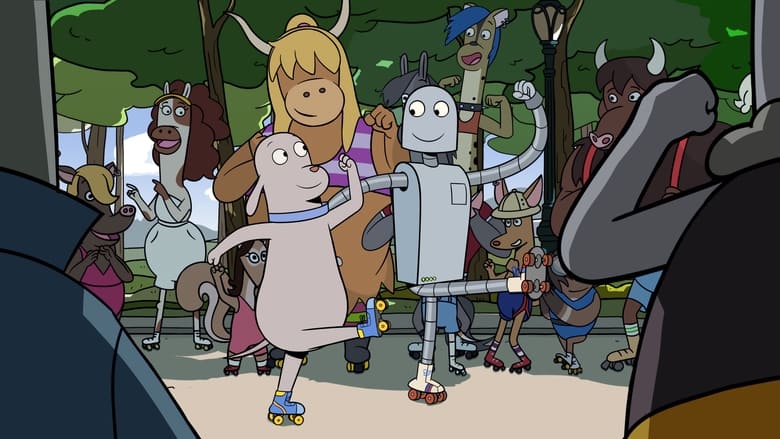
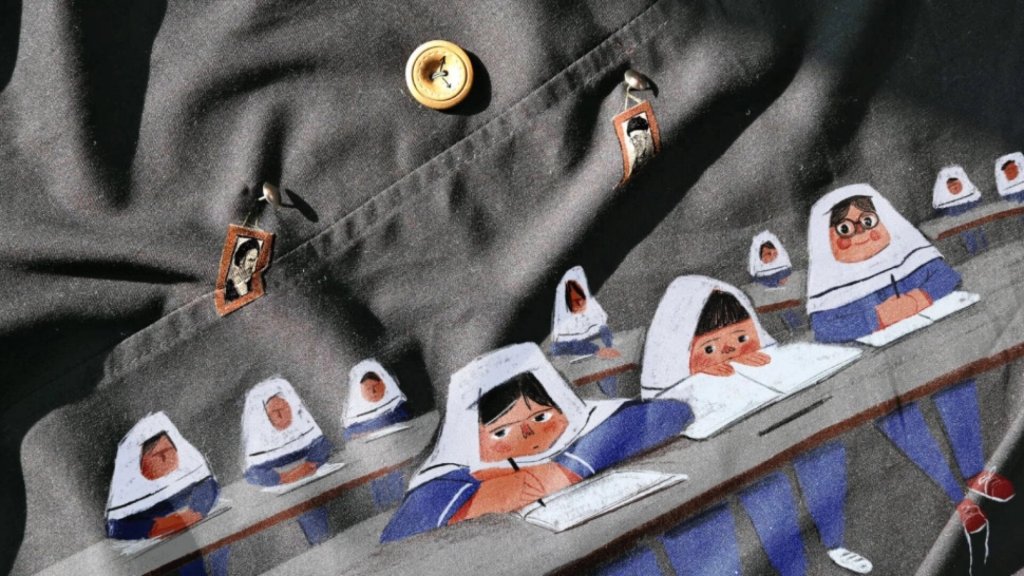
Leave a comment